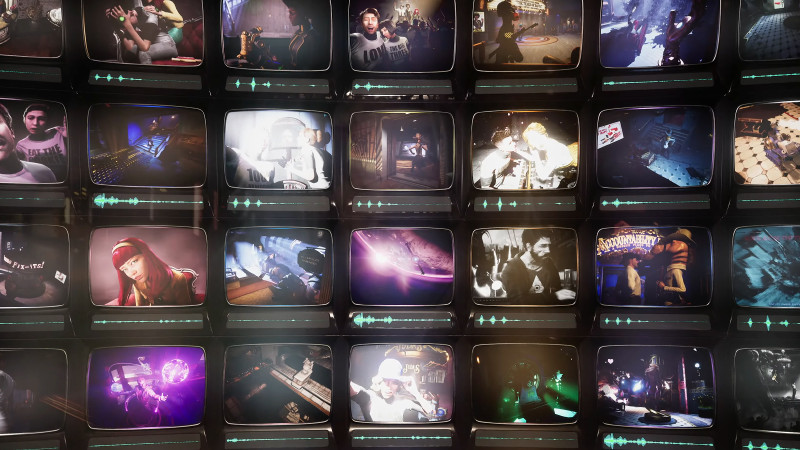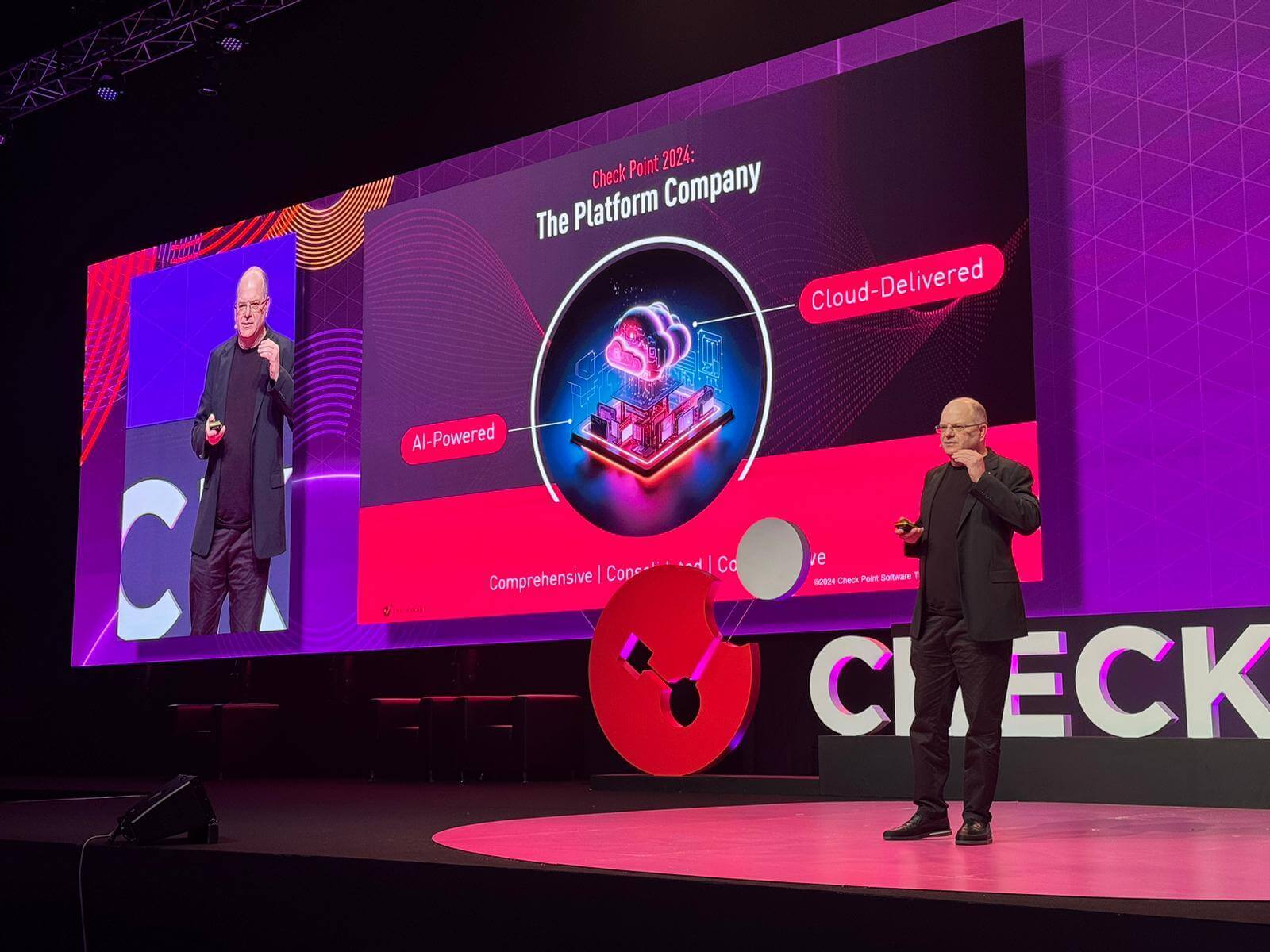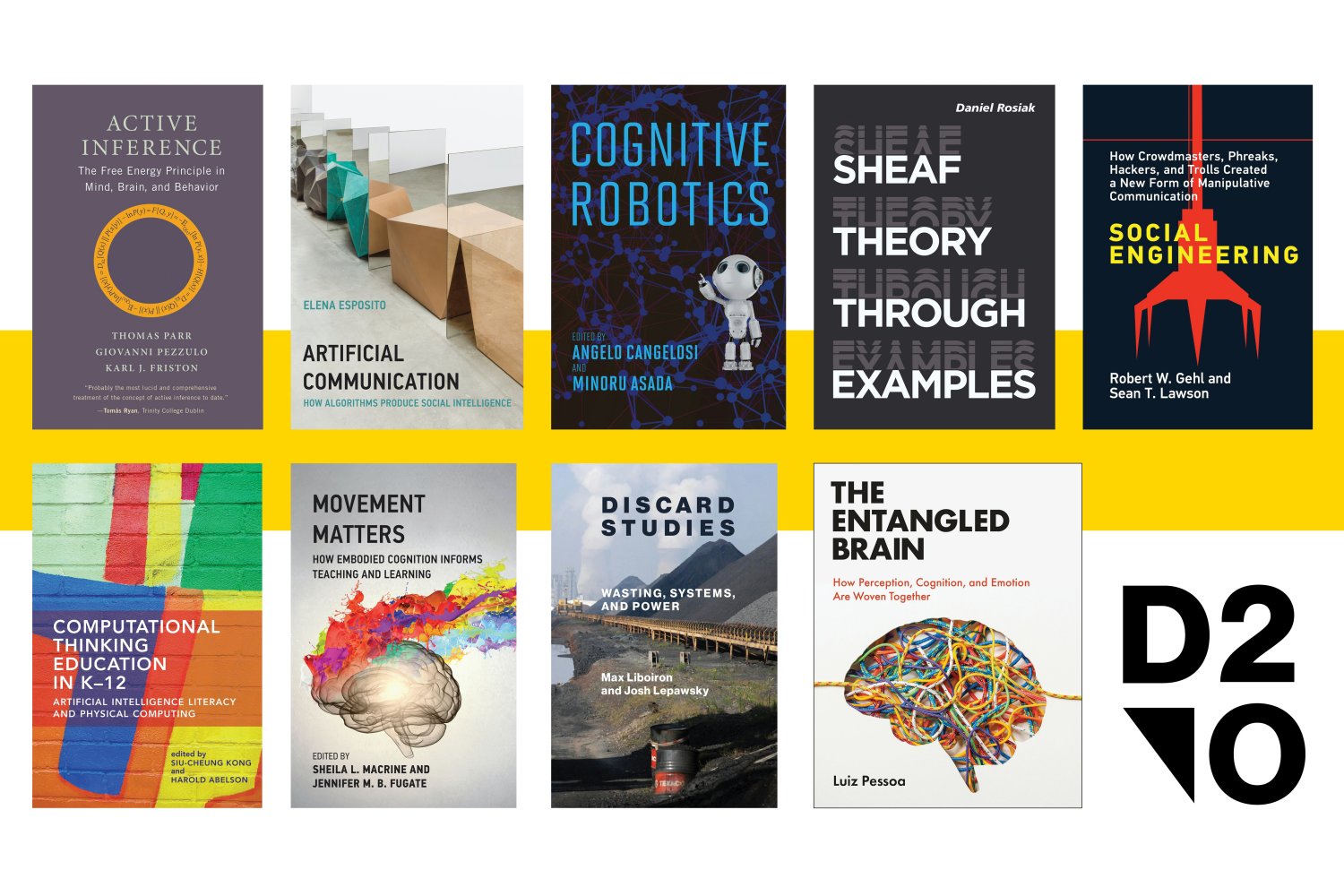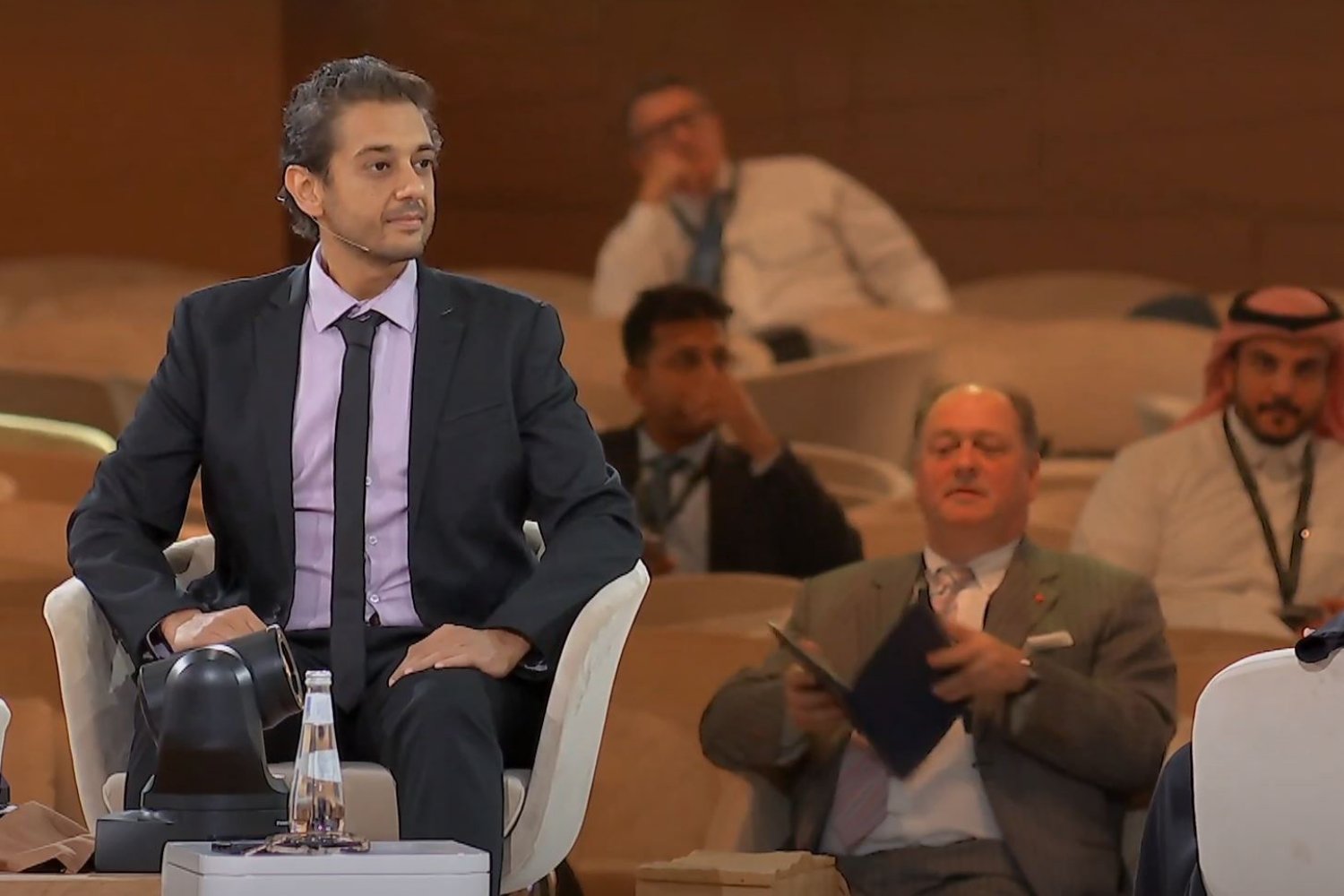Organic compounds in the field of chemistry range from simple hydrocarbons to complex molecules, with diverse functional groups…
A night at the orchestra, with Pokémon on the program
Around 50 musicians crowd the well-lit Kresge Auditorium stage. They wear formal black attire and concentrated facial expressions. As the conductor carefully raises her baton, the audience comes to a perfect silence. A single piano lets forth a delicate cascade of high-pitched notes and is soon joined by a dozen violins that burst into a catchy, fast-paced melody. Many audience members look at their friends and smile. They recognize the tune.
The 90-minute performance goes on to incorporate saxophones, cellos, percussion instruments, a French horn, and a variety of other instruments. But with due respect to Beethoven and Bach, their work did not make the program on this night. Instead, the orchestra offered emotionally stirring renditions of songs from video games like “Mario Kart”, “Plants vs. Zombies,” and “Pokémon.”
This is the MIT Video Game Orchestra, a student-led group dedicated to performing original arrangements of video game music, film soundtracks, and other kinds of music not usually heard in concert halls. The group performs at least two concerts a year, and all arrangements are written by members of the orchestra and tailored to the group.
In addition to the performances, the group also runs workshops to help members develop their skills, provides soundtracks and introductions for events, and hosts socials featuring film screenings and video games.
“I think it’s really cool that there are so many genres that fall under the umbrella term of video game music,” says junior Lynn Jung, who serves a co-music director of the group. “It allows you to explore different musical avenues.”
Many members of the group grew up learning classical instruments and playing classical music. The Video Game Orchestra gives them the opportunity to break that mold and play music more in line with their interests.
“I was definitely into video game music growing up,” says Alex Wardle, a junior who is in charge of managing the group’s library of music. “I listened to it a lot in high school and I really wanted to perform it, but I didn’t have the opportunity. None of the music groups that I joined would cover modern soundtracks. I always wished there was an opportunity for me to get to play some of the pieces I really love.”
The group’s organizers are quick to point out that a love for video games is not a requirement for joining. Some students join because they want to continue playing their instruments in a more casual environment. But many came to the Video Game Orchestra to merge two longtime hobbies.
“I was more into playing video games than listening to them, but at the audition, I remember saying, ‘I like video games and I like music, so I will definitely like video game music,’” Jung recalls.
Beyond the tunes, there are several key differences between the group and a traditional orchestra, the largest being the open approach to preparing the arrangements.
“It’s a more collaborative environment, where it’s less the conductors choosing the music we play and more of a community effort based on the pieces we like as a community,” Wardle says. “Through our feedback process with arrangements, it becomes this group effort in which everyone’s working together.”
A key part of that process is inviting students to try their hand at writing music through workshops each semester.
“I had a little background in writing music. I loved listening to videogame music and I’d played for quite a while, but I definitely hadn’t done anything like an orchestral arrangement,” Wardle says. “By playing student-made arrangements my first year, I realized I could do something like that. There were people I could reach out to, like other students, who had done it in the past, so I jumped straight in and have been pushing out arrangements ever since.”
Many members joined because they loved making music and video games, but they say they’ve stayed because of the community.
“A big reason I’ve stayed in VGO is the community and the people,” says Ishika Shah, a senior who serves as the group’s co-music director. “It’s been a great way to meet new people and join a community I’ve really enjoyed being a part of.”
The group’s organizers encourage participants to mingle outside of their instrument section, and rehearsals are often interspersed with casual talk of music and video games. But the music and performances are still taken seriously.
Concerts have had as many as 200 attendees — with many more watching online (the group’s YouTube channel features most performances). Renditions of emotional pieces have sometimes moved people to tears, and because many people attend out of an interest in video games, the group attracts a broader audience to orchestral music than traditional symphony orchestras.
In addition to classically orchestrated headliners, the orchestra also plays pieces that feature more rock or jazz and that get people dancing and clapping along. In one performance of a karaoke favorite, “Baka Mitai” (or “I’ve Been a Fool” in Japanese), the orchestra invited the audience to sing along.
The orchestra’s decisions are guided by whatever sounds fun — and for the people that don’t put video game music in the same class as Beethoven, the group believes they’re adding credibility to a perhaps underrated genre.
“Honestly, I think at the end of the day what I care about when I am listening to music or playing music is just that the music resonates with me in some way, or that it’s fun to listen to or fun to play,” Jung says. “For some people, that might be classical music, but for me that happens to be a lot of video game music.”
Shadow Costume Coming To Sonic Superstars
Today’s announcement of Sonic x Shadow Generations brought all kinds of love for Sonic’s dark doppelganger as longtime fans celebrate Shadow’s return after being absent from recent projects like Sonic Superstars and Sonic Frontiers. However, players won’t need to wait for the fall launch of Sonic x Shadow Generations to enjoy speeding around as Shadow, as Sega also announced it is celebrating today’s announcement by releasing a free equippable DLC costume to Sonic Superstars on February 15.
Sonic Superstars already includes several other skins you can equip onto your characters, ranging from Lego costumes to a Santa costume for Sonic to even the original prototype rabbit design. No screenshots or photos have been released for the newly announced Shadow costume in Sonic Superstars.

Still image from Sonic x Shadow Generations announcement trailer
In July 2023, I asked Sonic Team creative officer Takashi Iizuka why Shadow isn’t in Sonic Superstars. “Shadow is from the Modern series of characters and gameplay that we have introduced,” Iizuka says. “The Classic series exists before the Modern series, so they haven’t met at that time. There’s no relationship, so we won’t be bringing Shadow into the Classic series. Unfortunately, Shadow was in a capsule at that time.”
By adding Shadow as an equippable skin, Iizuka and the rest of Sonic Team are able to circumvent the lore reasoning for leaving Shadow on the sidelines for Superstars. This year is shaping up to be the Year of Shadow for the Sonic brand. Shadow is coming to Sonic Superstars as an equippable skin, he’s co-headlining the aforementioned Sonic Generations remaster in the fall, and he figures to be one of the main attractions in the upcoming Sonic the Hedgehog 3 film when that hits theaters in December.
Sonic Superstars launched on PlayStation 5, Xbox Series X/S, PlayStation 4, Xbox One, Switch, and PC on October 17, 2023. The free Shadow costume arrives in Sonic Superstars as free DLC on February 15. For more on that game, check out our review here. You can also visit our exclusive coverage hub by heading here.
AI-Powered Voice-based Agents for Enterprises: Two Key Challenges
Now, more than ever before is the time for AI-powered voice-based systems. Consider a call to customer service. Soon all the brittleness and inflexibility will be gone – the stiff robotic voices, the “press one for sales”-style constricting menus, the annoying experiences that have had us…
New Look At Judas Gameplay Reveals More BioShock Inspiration
Ghost Story Games, the studio led by BioShock creator Ken Levine, revealed its first game, Judas, during The Game Awards 2022 in a cinematic trailer. Now, more than a year since that announcement, Ghost Story Games has revealed a new look at Judas gameplay. And perhaps unsurprisingly, it reminds us of BioShock (and it looks great).
Revealed in a new trailer that aired during today’s Sony State of Play, this look at Judas pulled back the curtains on what exactly is going on in this single-player, narrative-driven sci-fi game. Well, kinda. We got another look at the game’s interesting world, which shows Judas stuck on a space station with various characters (perhaps enemies?) trying to fix something that she might have broken. As for what that entails, it remains a mystery, but this new trailer sheds a little light on her mission.
Check it out for yourself in the new Judas gameplay trailer below:
[embedded content]
In a press release, Ghost Story Games says this trailer “offers a deeper look at the game’s setting aboard the Mayflower, a spacefaring city whose citizens are trained to tear each other apart for even the most minor infractions, and where machines control every aspect of business, art, and government.” As Judas, players are the drivers of every event in a mysterious story “with a new cast of characters to get to know – and to change – in a world where every decision you make affects how the story unfolds.”
Here’s the synopsis for Judas:
“You are the mysterious and troubled Judas. Your only hope for survival is to make or break alliances with your worst enemies. Will you work together to fix what you broke – or will you leave it to burn?”

Levine formed Ghost Story Games in 2014 after he closed BioShock Infinite studio, Irrational. He took a handful of Irrational developers with him to Ghost Story Games, where the team has been working for years on something involving “narrative legos.” Now, given how often things change in game development, it remains unclear if Judas is what the team has been working on for 10 years or not. In 2022, it was reported that the team’s first project had gone through a rocky development patch – you can read about that here.
Judas does not have a release date. It’s expected to launch on PlayStation 5, Xbox Series X/S, and PC, and will be published by Take-Two Interactive, which also published all three BioShock games.
For more about the game, head to Game Informer’s Judas tag here.
Are you excited about Judas? Let us know in the comments below!
The all-star AI-powered, cloud-delivered security platform you need – CyberTalk

EXECUTIVE SUMMARY:
Cyber criminals are weaponizing advanced tactics, including intricate social engineering campaigns, to carry out malicious activities.
Last year, social engineering attempts rose by 464%. Often a result of social engineering attempts, ransomware attacks have reportedly increased by 90%.
Amidst this unsettling attack landscape, it can be difficult and stressful to secure data and networks effectively.
Cyber security in 2024
“Leveraging AI to drive better security outcomes is top of mind for CISOs, as they address both the expanding threat landscape and the cyber security talent shortage,” says Frank Dickson, Group Vice President, Security & Trust, IDC.
“When selecting an AI-powered cyber security solution, CISOs are looking for a return on investment through increased productivity and better efficacy,” says Dickson.
Check Point Infinity Platform
To address these relentless challenges and the latest, contemporary cyber security considerations, Check Point has just revealed its unified and comprehensive security solution – The Check Point Infinity Platform.
This advanced platform marks a new era in AI-powered, cloud-delivered cyber security, as the platform is specifically designed to meet the modern challenges of an evolving threat landscape.
“Embracing the future of cyber security, we’re pioneering an AI-powered, cloud-delivered platform that embodies the convergence of intelligence and accessibility,” said Gil Shwed, CEO & Founder, Check Point Software Technologies at CPX 2024.
“This platform is not just a solution but a revolution, leveraging decades of R&D to offer real-time, sophisticated defense mechanisms. It represents a leap toward a more secure, agile, and interconnected digital landscape, where protection is not just reactive, but predictive and proactive.”
AI Infinity Copilot
Integrating seamlessly across the Check Point Infinity Platform, Check Point is also introducing Infinity AI Copilot, a tactical assistant that’s infused with the power of generative AI.
This tooling can automate tasks, reduce the time required for routine tasks, and provide proactive solutions to cyber security threats.
Key capabilities of Infinity AI Copilot
1. Enhance security administration efficiency. Infinity AI Copilot can reduce the administrative workload for cyber security tasks by up to 90%. It can assist with event analysis, implementation and troubleshooting.
2. Streamline security policy management and deployment. Infinity AI Copilot can effortlessly manage, modify and automatically deploy access rules and security controls that are tailored to individual policies.
3. Boost incident mitigation and response. Utilize this AI for threat hunting, analysis and resolution, along with enhancing the effectiveness of incident management.
4. Oversee the entire solution landscape. AI Copilot seamlessly oversees all products within the complete Check Point Infinity Platform, serving as a competent, comprehensive assistant.
5. Enables natural language processing simplicity. Interacting with Infinity AI Copilot will seem similar to a natural conversation with a human. The tool ‘understands’ and responds via chat in nearly any language, ensuring a smooth interaction and efficient task completion.
Infinity AI Copilot is currently available in preview mode, with a full launch expected in Q2. Future developments include proactive assistance and autonomous policy management features.
Get the full story here.
Looking for more info about the latest cyber security solutions? Join us for CPX 2024. Register now.
Professor Emeritus Igor Paul, an expert in product design and safety, dies at 87

Professor Emeritus Igor Paul ’60, SM ’61, PhD ’64, an influential professor of mechanical engineering, passed away on Dec. 17, 2023 at his home in St. Petersburg, Florida. He was 87.
Paul was a member of the MIT Department of Mechanical Engineering faculty from 1964 until his retirement in 2003, and helped to develop the department’s design and manufacturing curriculum, which continues to thrive today. His research interests included product and machine design, safety, and risk analysis; robotics; biomechanics; and dynamic systems modeling.
A leading expert in product design and safety, with a particular focus on sports devices like helmets, Igor served as an expert witness in many landmark product liability cases. He also contributed to the development of artificial joints and the development of inertial guidance systems for NASA and provided consulting services to a number of area hospitals and medical centers.
Paul was known for his good nature, quick wit, and pleasant disposition, and his deep passion for teaching. Among the courses he instructed through the years were 2.72 (Elements of Mechanical Design), 2.70 (now 2.007, Design and Manufacturing I), and 2.009 (Product Engineering Processes). He served for many years as the faculty advisor to the student chapter of the American Society of Mechanical Engineers.
He also co-authored more than 80 publications and won numerous awards in the areas of design, bio-engineering, and education, including the DeFlorez Award for Creativity in Design (MIT, 1960); the Ralph R. Teetor Distinguished Educator Award (SAE); Outstanding Orthopedic Research Award (Orthopedic Research Society); and the Carl Soderberg Distinguished Service Award (MIT, 2003).
Paul was born on Oct. 28, 1936, in Kharkov, Ukraine, and migrated across Europe during World War II, arriving in the United States eight years later on Christmas Day 1951. After gaining admission to MIT, he earned all three of his degrees in the Department of Mechanical Engineering.
He is survived by his wife, Natasha Paul (Gruzinov); his daughter, Tahisa Southwell of Las Vegas, Nevada; his son, Victor Paul of Zurich, Switzerland; and four grandchildren. He was preceded in death by his parents, Leo and Lily Paul; his sister, Nina Karouna; and his beloved daughter, Tanya Paul.
Outside of his professional achievements, Paul enjoyed tennis, golf, and traveling the globe. After his retirement in 2003, he and Natasha moved from Andover, Massachusetts, to New London, New Hampshire, then recently settled in St. Petersburg, Florida.
Paul leaves behind a legacy of scientific contributions, dedication to education, and love for his family.
MIT Press’s Direct to Open opens access to full list of 2024 monographs

Now in its third year of operation, the MIT Press’ Direct to Open (D2O) recently announced that it reached its full funding goal in 2024 and will open access to 79 new monographs and edited book collections this year.
Launched in 2021, D2O is an innovative sustainable framework for open-access monographs that shifts publishing from a solely market-based, purchase model where individuals and libraries buy single e-books, to a collaborative, library-supported open-access model.
“Reaching our overall funding goal — in full and on time — is a major milestone in developing a sustainable open-access publishing model,” says Amy Harris, senior manager, library relations and sales at the MIT Press. “We are extremely grateful for the support of our library and consortium partners that makes this possible.”
There are other models that offer fund-to-open opportunities on a title-by-title basis or that focus on opening access within specific disciplines. D2O is unique because it allows the press to open access to its entire slate of scholarly books at scale during each funding cycle. Thanks to D2O, all monograph authors have the opportunity for their work to be open access, and the press can offer equal support to traditionally underfunded disciplines in the social sciences and humanities.
At a time when the traditional market for scholarly books continues to decline, works funded through D2O are reaching larger audiences online than ever before — averaging 2,694 reads per title and bringing important scholarship to new audiences. D2O books have also been academically cited almost 1,100 times.
“D2O is meeting the needs of academics, readers, and libraries alike, and our usage and citation stats demonstrate that the academic community is embracing open-access scholarship across a wide range of fields and for many purposes — from the classroom to research projects to professional interest reading,” says Harris. “This further aligns the work of the MIT Press with the mission of MIT to advance knowledge in science, technology, the arts, and other areas of scholarship to best serve the nation and the world, and provides opportunities for expansion of the model in the forthcoming years.”
The MIT Press will now turn its attention to its fourth funding cycle and invites libraries and library consortia to participate. For details, please visit: mitpress.mit.edu/D2O.
New fellowship to help advance science journalism in Africa and the Middle East

The Knight Science Journalism Program at MIT has announced a new one-semester fellowship — the Fellowship for Advancing Science Journalism in Africa and the Middle East — that will start this year.
The fellowship, developed through a generous gift from the global publishing company Springer Nature, was created in honor of the influential Egyptian science journalist Mohammed Yahia, who died last year at the age of 41.
Yahia worked for Springer Nature for over 13 years, primarily as managing editor of the Nature Portfolio in the Middle East, where he built an award-winning team. He was widely admired for his work advancing the status of science journalism both in that region and throughout Africa. He was president of the World Federation of Science Journalists from 2017 to 2019, working also to help build a network of science journalists around the globe.
Springer Nature, the founding sponsor of the fellowship, is well-known for its standing as a publisher of some the most high-profile and respected research journals and magazines in the world. “Mohammed was known for his unwavering commitment to science and his talent for simplifying complex research,” says Stephen Pincock, vice president in Springer Nature’s Solutions Group. “With this fellowship we want to inspire more to follow in his footsteps, as trusted communicators of evidence-based research.”
The first Fellowship for Advancing Science Journalism in Africa and the Middle East will be hosted by the Knight Science Journalism Program this fall and will continue in subsequent fall semesters. Thanks to a generous grant from Springer Nature, the program will offer a $40,000 stipend for the fellowship period from Aug. 16 to Dec. 31. KSJ will also cover the fellow’s health insurance and a $5,000 housing stipend to help with relocation costs.
The Knight Science Journalism Program, established at MIT in 1983, is the world’s leading science journalism fellowship program. More than 400 leading science journalists from six continents have graduated from the full-year academic program, which offers a course of study at MIT, Harvard University, and other leading institutions in the Boston area, as well as specialized training workshops, seminars, and science-focused field trips for all attendees.
“The Knight Science Journalism Program is honored to partner with Springer Nature in honoring Mohammed Yahia and in creating this new fellowship to help support science journalism in this important part of the world,” says KSJ Director Deborah Blum. “We believe strongly in the global nature of both science and the importance of telling its story in the most helpful and insightful way. We believe this new fellowship is an excellent way to advance that mission.”
Fellows supported by this new program will join the regular KSJ class of journalists for the fall semester in a program of study at MIT and other Cambridge/Boston area universities and in the program’s seminars, training workshops, and field trips throughout the semester. They will also have access to such benefits as MIT’s program of subsidized public transportation and access to libraries, museums, and other Boston-area programs, as well as connections to a thriving community of science journalists.
The program will open an applications process for journalists from Africa and the Middle East on Feb. 1 and submissions will be accepted until March 1. All journalists from the region with at least three years of experience in covering science, health, and the environment are encouraged to apply. The selected fellow will be announced by the end of March.
For further questions about the fellowship or the application process, please write to info@ksj.mit.edu.

